TAXABLE BENEFIT – PERSONAL USE OF BUSINESS AIRCRAFT
In a CRA communication dated March 7, 2018 (AD-18-01), CRA provided updated commentary on taxable benefits arising from the personal use of a business aircraft.
CRA first categorized the types of flights into three groups, as follows:
Mixed-use flights – If a shareholder or employee takes a flight which had a clear business purpose, they would not generally have a taxable benefit. An individual’s purpose is a question of fact. If others take the same flight but for purely personal purposes, the value of the taxable benefit would be equal to the highest priced ticket available for an equivalent commercial flight available in the open market.
Full personal use flights – Where there is no business purpose to the flight, the shareholders or employees will be considered to have received a taxable benefit equal to the price of a charter on an equivalent aircraft for an equivalent flight in the open market (split amongst relevant individuals on the flight). Limited exceptions may apply where an open market charter is not a viable option (such as where there are demonstrable bona fide security concerns). In those cases, the benefit is calculated using the above “Mixed-use flight” option.
Full personal use by non-arm’s length persons – For shareholders or employees who do not act at arm’s length with the business, wherethe aircraft is used primarily for personal purposes relative to the aircraft’s total use, the taxable benefit will equal their portion of the aircraft’s operating costs plus an available-for-use amount. The available-for-use amount should be computed as the original cost multiplied by the prescribed interest rate for the percentage of personal usage. The available-for-use amount on leased aircrafts is based on the monthly leasing costs of the actual usage times the proportion of personal usage.
CRA also reminded taxpayers that an individual who is both a shareholder and an employee should determine whether they are receiving the benefit in their capacity as an employee or shareholder.
Finally, taxable benefits in respect of passengers that are non-employee family members or friends would be assessed on the shareholder or employee.
For further information see Video Tax News Monthly Tax Update Newsletter, Issue No. 441
